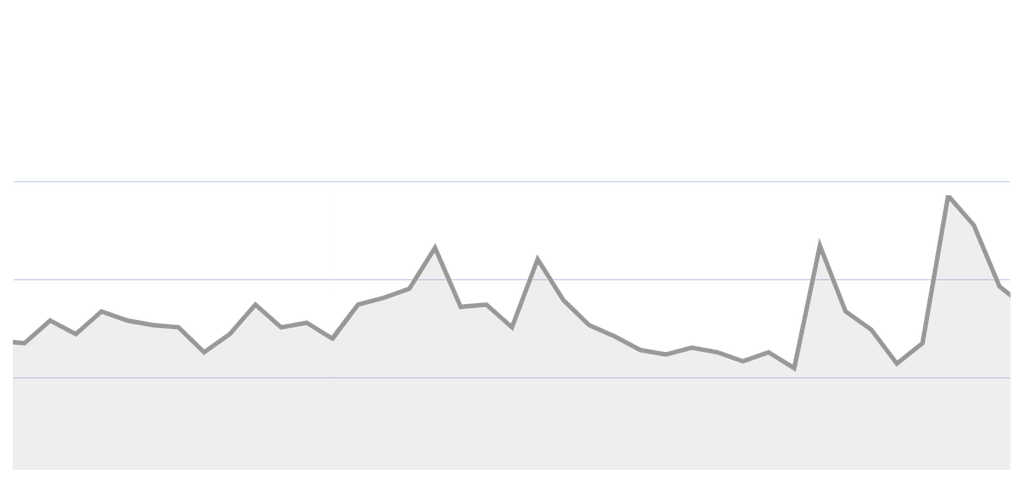What is Kepple?
Kepple was previously known as QLC Chain. It aims to become an all-in-one Layer-2 cryptocurrency solution for social media networks.
From the last quarter of 2022 to the year 2023, Kepple decided to bring various changes to the platform. One of the most significant changes was the migration from the NEO blockchain to the BNB Chain. By doing so, Kepple’s seeks to become a platform with fewer scalability problems that also provides lower gas fees.
Not only that, while being on the NEO blockchain, QLC followed a dual-consensus mechanism: Delegated Proof-of-Stake (DPoS) and Proof-of-Work (PoW). After becoming Kepple, the network moved to the Proof-of-Stake (PoS) consensus mechanism. Essentially, in PoS the staking of the network’s cryptocurrency is the primary condition to participate in the creation of blocks of data. In other words, those who stake tokens are the block producers (minters, in the most common PoS terminology). This is all part of the actions behind the maintenance and growth of a network.
Regarding the Kepple token, the QLC token of the QLC Chain will eventually be swapped to KPL. Users who own QLC can swap to KPL at a 1:1 ratio. If you are interested in knowing the current Kepple price, you can check the price chart above. The swapping of coins was planned to take place during the last quarter of 2022 and the first of 2023.
Besides that, during this time Kepple also implemented KeppleDAO to make Kepple a Decentralised Autonomous Organization.
In the following quarters of 2023, the Kepple Desktop Wallet was planned to be launched, as well as a browser extension integrated into the Kepple Wallet and a mobile wallet. In the second half of the same year, Kepple planned to build Social Media Oracles. This feature aims to enable Kepple’s smart contracts to trustlessly verify social media posts and followers to engage the community.
Moreover, Kepple plans to develop a merchant tool to allow lightweight transactions for merchants selling goods on social media platforms. The possibilities of Kepple also include the swapping of cryptos on DEXs inside the social media platform, crypto data streaming, and so on.
Use Cases of KPL
Not only is KPL required for participating in the consensus mechanism PoS, but it’s also a reward token for mining. Besides that, starting from the third quarter of 2023, community members will earn rewards by contributing to tech or non-tech areas of Kepple.
Likewise, Kepplers (Kepple’s users) will also be able to reward their followers with crypto assets if they complete tasks. Also related to social media, KPL can be used in the multi-chain Swap feature of the Social Trading Tools, which was mentioned previously.
Furthermore, as Keppler becomes a DAO, owning KPL will provide voting rights and thus enable participation in governance.
Don’t forget you can check the live Kepple price above.
Who Founded Kepple?
Susan Zhou is the founder of QLC Chain, which later on came to be the Kepple Network. Between the company's debut in 2017 and the third quarter of 2022, she also held the positions of COO and Member of the Board of Directors.
Zhou has a Bachelor’s and Master’s degree in Business Administration. One of the previous work experiences of Zhou include being a Senior Private Equity Analyst at Bloomberg LP. Besides, as of writing, she is the Director of Rhodium Capital.
Tokenomics of Kepple
The initial total supply of Kepple coins is 600 million. However, there's no max supply set, It’s worth mentioning that both coins, KPL and QLC, will temporarily co-exist after the launching of the swap contract. However, after KPL tokens are successfully swapped, the QLC crypto assets will be burned.
If the Kepple token piqued your interest, have a look at the aforementioned Kepple price chart. You'll be able to make more informed purchasing decisions if you figure out the main fluctuations in the Kepple price.




